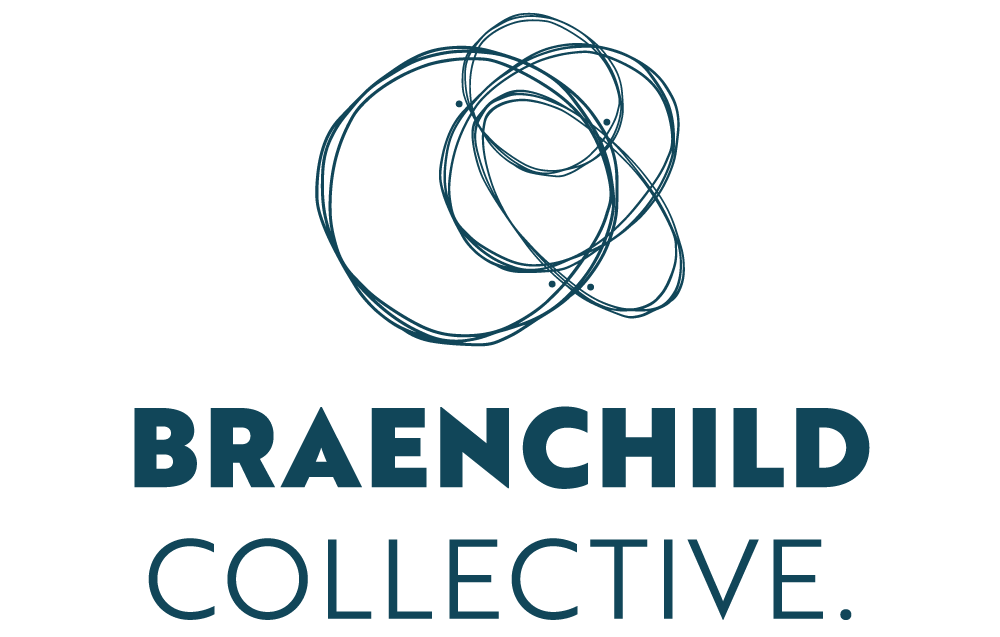Getting to know you...
My "frame" as I write this. Getting some perspective is a good thing.
Sitting here this morning, another beautiful, hot and peaceful day begins where I live (OK, maybe a little too hot already, but I know if it gets too much, the beach is not far away). I know that I have a job to go to. I can estimate that my drive to work in a short while will not include the stress of being targeted by police - in fact by multiple police forces in one city.
I look through the frame of my own life, and also know that many people are not waking up with the same day ahead of them. Some of those people are very close to me. Familial. Other people are close to me geographically. Some people are young, others old. Some are women, some are men. Some are of European, Asian, Indigenous or African decent. Some people have a lot more than me. Others have a lot less. My frame of reference, from which to look out over the world, is mine, though. It shapes the world I drink in. It also shapes the way I design.
The heart of it: people's stories of moral courage, to be included in the exhibition, "Ferguson Voices: Disrupting the Frame".
So, as I sit here, I take a moment to acknowledge that something new is crossing my path: I look over at the small pile of papers that hold the words of each of the people who will be included in the exhibition, "Ferguson Voices: Disrupting the Frame". I wanted to take a little minute to share something with each of those people, even if they never see this, because this is the time when I go from knowing nothing about you, your lives, your challenges, or your dreams, to knowing just a little bit more. It's an exciting time in any design project like this, because it's when design becomes about real people. You become real to me. You inspire me, and become part of my frame on the world. You give me another way to understand concepts like equality, justice and compassion. It's in this process that I believe design has power, but that I need to get to know you so I can use it to amplify your voices.
Citizen Design?
In a discussion about my research project with my supervisor yesterday, we talked about this part of the project, when you begin researching the issues of difficult exhibition. This research is really not an option, because, as a designer, you're taking that extra time to get to know the people you are designing on behalf of. Design is not about the designer; Ferguson Voices is not about the designer. It's not about the curator. It's about each of individual who, in their municipality of Ferguson and beyond, have had an impact on the community around them.
This is why difficult exhibition design, and this research project, is really about citizen design. This project began with a focus on typography because it could embody all of the points I was exploring: representation of people's testimonies of trauma, communication with audiences through multimodal semiotic resources, and a critical overview of exhibiting practices. This last point is important: the genre of exhibiting has its own set of rules, particularly within large organisations. Some of these rules are derived from years of practice and address such issues as accessibility, but it does not discount other rules that are tacitly agreed to, and come from the notion of 'labelling', rather than dynamic communication. This idea of labelling reduces text to a minimum, and gives preference to 'looking' at 'objects'. All of these rules shape the discourses that result.*
In difficult exhibitions, like Ferguson Voices, however, the text is an exhibited object. In order to design with honesty, we need to research the issue and the people, the opposing ideological positions, and why the exhibition team are choosing to make this exhibit in the first place. We can respond in design practice in a more informed way, and create visual, textual and spatial discourses in a considered way.
So, that's what I'll be doing today - getting to know the stories of Ferguson Voices. More tomorrow on what I find...
* My exegesis has a case study chapter that looks into an exhibition at the National Museum of Australia. Interviews with the Designer, Head Curator and Co-Curator are included.


